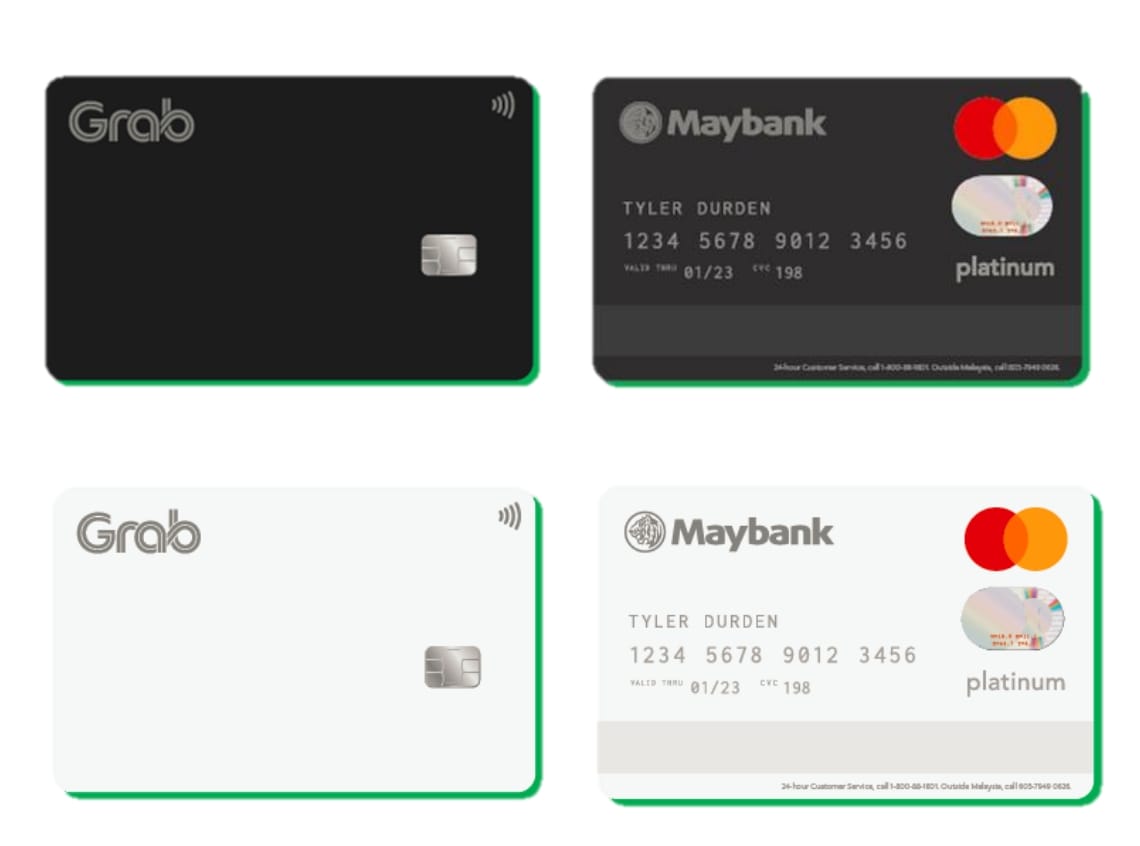Ready to elevate your design process? GrabCAD offers a transformative approach to 3D printing and collaborative design. This comprehensive guide will equip you with the knowledge to leverage GrabCAD, streamlining workflows, accelerating product development, and connecting you with a global network of design professionals. Whether you’re in engineering, design, or manufacturing, GrabCAD provides the tools to bring your ideas to life.
Streamlining Design with GrabCAD
GrabCAD is more than just software; it’s a dynamic online community connecting engineers, designers, and manufacturers passionate about 3D printing. It’s a hub for inspiration, feedback, and a vast library of pre-made models, potentially saving you valuable time and resources. Joining this collaborative network offers the potential to significantly enhance your design capabilities. Let’s explore what makes GrabCAD so powerful.
Collaborative Design: Teamwork for Optimal Results
GrabCAD allows you to tap into a global network of expertise. Imagine having a team of experienced engineers providing insights on your projects. This collaborative environment allows seamless sharing of 3D models with colleagues, industry specialists, and the wider GrabCAD community. This collaborative approach may help identify design flaws early, explore alternatives, and ultimately create superior products. It’s like a continuous brainstorming session.
3D Printing Toolkit: From Concept to Physical Object
GrabCAD goes beyond design sharing, providing a comprehensive toolkit tailored for 3D printing. Modifying CAD models and preparing them for printing, often complex processes, are streamlined within GrabCAD. Furthermore, the platform connects you with a network of 3D printing services, simplifying the process of realizing your designs.
Real-Time Feedback: Accelerating the Design Process
GrabCAD facilitates instant feedback, eliminating lengthy email chains and version control issues. Imagine a virtual design review where colleagues can annotate, comment, and suggest modifications directly on the model. This dynamic interaction promotes faster iterations and more refined designs, with everyone staying informed as changes occur.
GrabCAD Community Library: A Wealth of Resources
Gain insights into how fellow engineers have tackled similar challenges through GrabCAD’s extensive library of user-generated designs. Many of these open-source models provide valuable inspiration and ready-to-use components that can accelerate your workflow. You might discover the perfect solution to a persistent design problem.
Continuous Learning: Enhancing Your Skillset
Staying at the forefront of the ever-evolving 3D printing and design landscape is crucial. GrabCAD supports continuous learning through various resources, including webinars, tutorials, and online courses. This access to valuable information and insights allows you to explore new techniques, discover innovative software features, and become a more versatile professional.
Empowering Innovation: Unleashing Your Design Potential
GrabCAD empowers engineers, designers, and manufacturers by fostering collaboration, providing cutting-edge tools, and connecting them with a global community. This platform may transform how designs are approached, fostering a more connected and collaborative future. Early indicators suggest a shift toward more open and community-driven design processes. As technology and the community evolve, we can anticipate further innovations.
Key Points of GrabCAD:
- Collaborative Design: Enables real-time collaboration on 3D designs with colleagues and experts.
- 3D Printing Tools: Offers a suite of tools for preparing CAD models for 3D printing and connecting with printing services.
- Real-Time Feedback: Facilitates instant feedback and discussions directly on designs.
- Design Library: Provides access to a library of user-generated models, including open-source components.
- Learning Resources: Offers webinars, tutorials, and online courses for professional development.
Benefits:
- Faster iterations and improved designs through collaborative problem-solving.
- Streamlined 3D printing workflow.
- Enhanced communication and rapid design refinement.
- Access to a wealth of design inspiration and pre-made components.
- Continuous learning and skill development.
This platform is likely to reshape design processes, promoting a more connected and collaborative future. As technology and the community progress, we can expect even more innovative features. For your jumpstart triage, we’re always ready to assist.
Decoding GRABCARD: Your Essential Guide to IFR Flight Equipment
GRABCARD: the essential IFR mnemonic ensuring pilots have the critical instruments for safe flight during instrument meteorological conditions (IMC). This isn’t just about rote memorization; understanding each component empowers pilots to make informed decisions in challenging IFR scenarios. It’s a systematic approach to pre-flight preparation and in-flight awareness. From generator to gyro, GRABCARD equips pilots with the tools and knowledge for precise and safe IFR navigation.
What does GRABCARD Stand For?
GRABCARD helps pilots keep track of essential equipment during instrument-only flight (IFR), similar to driving in dense fog. It’s a pre-flight checklist to ensure preparedness. Each letter represents a crucial instrument:
- Generator or Alternator: The aircraft’s power source, essential for instrument operation.
- Radios: The communication lifeline connecting pilots with air traffic control and providing weather updates.
- Altimeter: Indicates altitude above ground level, crucial for terrain avoidance.
- Ball (Turn Coordinator/Inclinometer): Helps maintain level wings during turns, preventing disorientation.
- Clock: Precise timekeeping, crucial for navigation and coordination with ATC.
- Attitude Indicator: Displays aircraft orientation in space (pitch, roll, and yaw), providing an artificial horizon.
- Rate of Turn Indicator: Shows how quickly the aircraft is turning, aiding in precise maneuvers.
- Directional Gyro: Indicates heading, providing a stable directional reference.
While some experienced pilots might suggest alternatives to the directional gyro in certain situations, its general importance for basic IFR flight is widely accepted. Ongoing research focuses on enhancing these instruments and their integration with modern navigation systems, like GPS. GRABCARD remains the foundation of safe IFR flight.
Remember, IFR flight is complex, and this explanation provides a starting point. Further research into this fascinating area is encouraged.
Decoding GRABCARD D: The Essential IFR Equipment Explained
We’ve covered the importance of GRABCARD in instrument meteorological conditions (IMC), serving as a pre-flight checklist. Now, let’s focus on “D”.
What is Meant by GRABCARD D?
The “D” in GRABCARD stands for Directional Gyro (DG), sometimes called a Directional Indicator (DI). Consider it a more sophisticated compass. While magnetic compasses are affected by aircraft maneuvers, the DG maintains a stable heading, even in turbulence. This is vital in cloud-bound scenarios where visual references are limited, preventing disorientation. Consistent heading information is crucial for navigating airways, performing instrument approaches, and maintaining orientation.
In thick fog, where a magnetic compass might fluctuate, the gyro-powered DG holds steady, preventing disorientation. GRABCARD is the primary memory aid for IFR flight.
| Letter | Instrument | Function |
|---|---|---|
| G | Generator/Alternator | Electrical power |
| R | Radios | Communication and navigation |
| A | Altimeter | Altitude measurement |
| B | Ball (inclinometer) | Coordinated flight |
| C | Clock | Timekeeping |
| A | Attitude Indicator | Aircraft orientation |
| R | Rate of Turn Indicator | Turn rate |
| D | Directional Gyro/Indicator | Heading indication |
“D” represents a critical instrument for safe IFR flight, providing the pilot with a reliable heading. Some consider the DG/DI to be among the most important cockpit instruments in IFR conditions, emphasizing the critical role of maintaining a consistent heading.
It’s worth noting that ongoing advancements in aviation technology probably will lead to further refinements in directional indicators. While basic principles remain, the future likely holds more sophisticated tools, emphasizing the need to stay current with evolving technology.
ATOMATOFLAMES vs. GRABCARD: Essential Equipment Checklists for VFR and IFR Flights
Let’s delve into two key aviation acronyms: ATOMATOFLAMES and GRABCARD – pre-flight checklists ensuring proper aircraft function. They’re tailored to specific flight conditions: Visual Flight Rules (VFR) and Instrument Flight Rules (IFR).
What’s the difference between ATOMATOFLAMES and GRABCARD?
These acronyms represent different pre-flight checks tailored for distinct flight conditions, each appropriate for its respective situation, aligned with VFR or IFR.
ATOMATOFLAMES applies to daytime VFR flights in clear skies – Visual Meteorological Conditions (VMC). Pilots primarily rely on external visual cues. It covers essential instruments:
- Airspeed Indicator: Measures airspeed.
- Tachometer: Engine speed.
- Oil Pressure Gauge: Monitors engine oil pressure.
- Manifold Pressure Gauge: Important for high-altitude engine operation.
- Altimeter: Indicates altitude.
- Temperature Gauge: Monitors engine temperature (liquid-cooled).
- Oil Temperature Gauge: Monitors engine temperature (air-cooled).
- Fuel Gauge: Indicates remaining fuel.
- Landing Gear Position Indicator: Landing gear status.
- Anti-Collision Lights: Enhances visibility to other aircraft.
- Magnetic Direction Indicator: Basic compass.
- Emergency Locator Transmitter (ELT): Emergency beacon.
- Safety Belts: Essential safety restraint.
GRABCARD is used for IFR flight, often in poor weather or at night, during Instrument Meteorological Conditions (IMC). Pilots rely heavily on cockpit instruments for navigation:
- Generator or Alternator: Supplies electrical power.
- Radio: Communication with ATC and other aircraft.
- Attitude Indicator: Aircraft orientation relative to the horizon.
- Ball (Inclinometer): Coordinated flight.
- Clock: Accurate timekeeping.
- Altimeter (adjustable): Altitude measurement considering air pressure changes.
- Rate of Turn Indicator: Turn rate.
- Directional Gyro: Heading indication.
The key difference lies in flight conditions. ATOMATOFLAMES focuses on basic visual flight instruments for VFR, whereas GRABCARD addresses instrument navigation under IFR. For your jumpstart triage, we can help clarify further.
| Acronym | Flight Rules | Conditions | Focus |
|---|---|---|---|
| ATOMATOFLAMES | VFR | Daytime, clear visibility | Basic visual flight |
| GRABCARD | IFR | Night or limited visibility | Instrument navigation |
Variations in these checklists may exist depending on aircraft type and regulations. Technological advancements may also lead to future modifications. Some experts believe the growing dependence on advanced avionics could eventually merge or evolve these checklists, although the core principle of ensuring pilot preparedness will likely remain.
- Unlock Elemental 2 Secrets: Actionable Insights Now - April 2, 2025
- Lot’s Wife’s Name: Unveiling the Mystery of Sodom’s Fall - April 2, 2025
- Photocell Sensors: A Complete Guide for Selection and Implementation - April 2, 2025



![Unveiling the Distressing Position of [City with Highest Crime Rate in Canada]: Analyzing the Factors and Exploring Solutions City-with-highest-crime-rate-in-Canada_2](https://www.lolaapp.com/wp-content/uploads/2023/12/City-with-highest-crime-rate-in-Canada_2-150x150.jpg)













1 thought on “Unlocking the Power of GrabCAD: A Comprehensive Guide to 3D Printing & Collaboration”
Comments are closed.